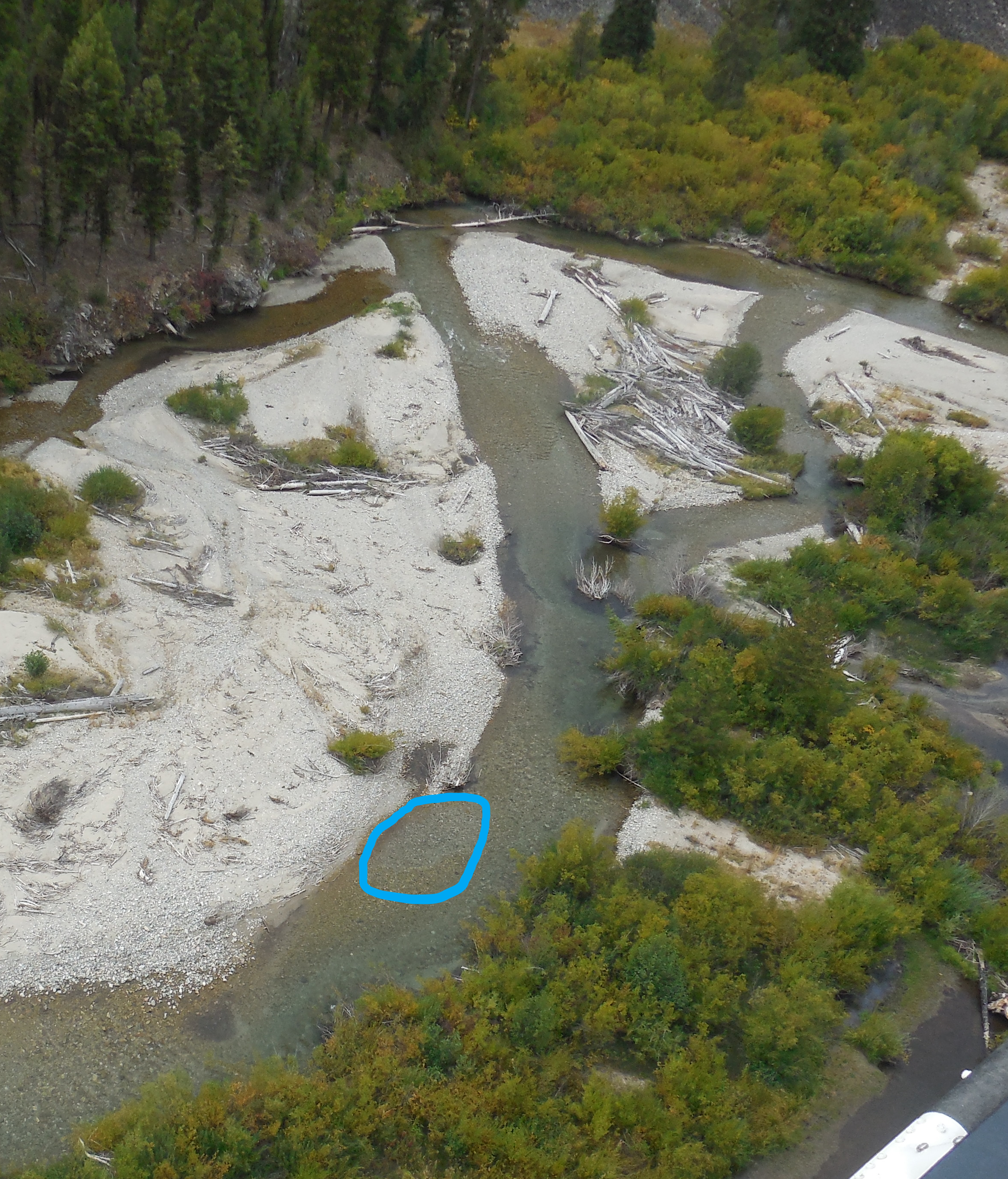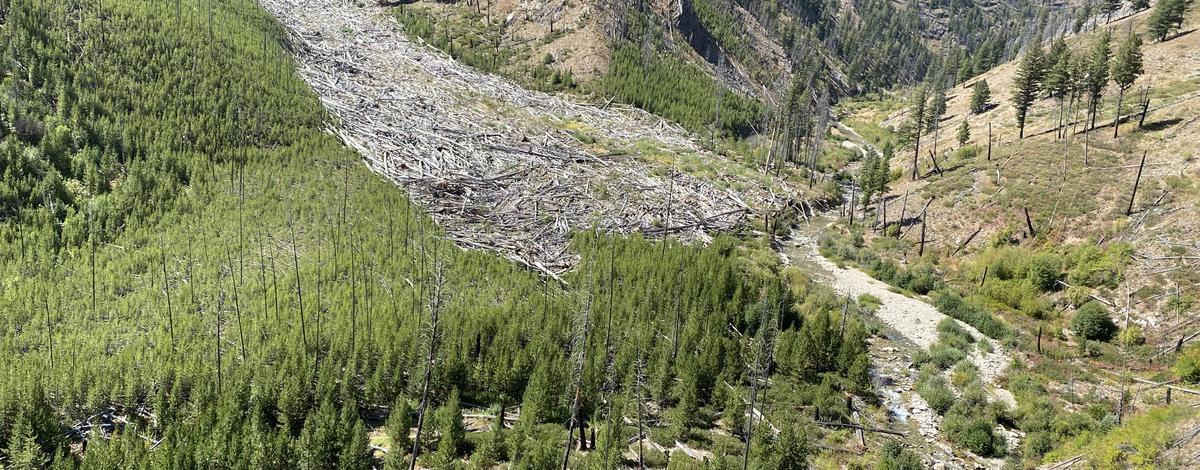Habitat restoration is a big part of enhancing Wild Salmon and Steelhead in Idaho. This work often occurs in areas where the landscape and streams have been negatively affected by human activities. However, some areas in Idaho have had much less human influence, and in those locations natural process are still changing habitats for the better.
A large part of Idaho has been set aside to do its own thing. The Selway-Bitterroot and Frank Church-River of No Return Wilderness areas combine to encompass 3.5 million acres in central Idaho. These wilderness areas contain hundreds of miles of highly productive spawning and rearing habitat for many fish species.
These wilderness areas were previously impacted by human activities such as grazing and mining but have been left alone for many decades. The Selway-Bitterroot was designated as wilderness in 1964, and the “Frank” was designated in 1980. When left to its own devices, nature tends to make the habitat in which native fish such as Chinook, Steelhead, Bull Trout, Cutthroat Trout and Pacific Lamprey thrive.
One interesting natural phenomenon that creates good habitat for these fish is something called debris flows. Debris flows typically occur over the course of several years following wildfires. The fire kills trees which eventually fall to the ground. Processes such as floods and avalanches move the fallen trees downhill where they accumulate. Over time, large “flows” of dead trees form, and push their way toward the main tributaries and rivers where fish spawn and rear. The image below shows a debris flow in the Frank Church wilderness making its way to a stream.

Once the debris flows reach the stream they have a big positive influence on the habitat. Large pieces of wood, referred to as “large woody debris” by fisheries biologists, are important fish habitat because they provide areas for fish to hide from predators, feeding locations, a spot to rest on their upstream migration, and a variety of other positive changes to the fishes environment. Additionally, the large log jams created by debris flows slow down and redirect the flow of the river. The photo below shows a debris flow that has made its way into a stream in the Frank Church wilderness (the blue line shows the stream flow).

As stream flows are redirected because of large woody debris, deep pools are often formed which are important habitat for both juveniles and adults. Large woody debris also traps sand and fine gravel which would have otherwise been quickly flushed downstream. This is important in creating spawning habitat for native Salmonids which prefer relatively small gravels to construct their nests, or “redds”. It is also very important for young Pacific Lamprey which burrow into and live in fine sediments for 3 to 7 years before they migrate to the ocean. The photo below shows the results of a debris flow which has created a series of pools and gravel bars within a braided channel; most of the wood is gone, but the effects on habitat remain, and in the photo there is a Chinook redd shown by the blue circle.

The changes in stream habitat caused by debris flows and large woody debris can often be observed long after the wood that created them has been washed away. Over time, the finer gravels are washed away and the habitat quality is again reduced. But in landscapes like the wilderness of central Idaho there are always new debris flows making their way downhill where they will eventually create new patches of high quality habitat for the next generation.
For more information on Idaho's Wild Salmon and Steelhead click here

